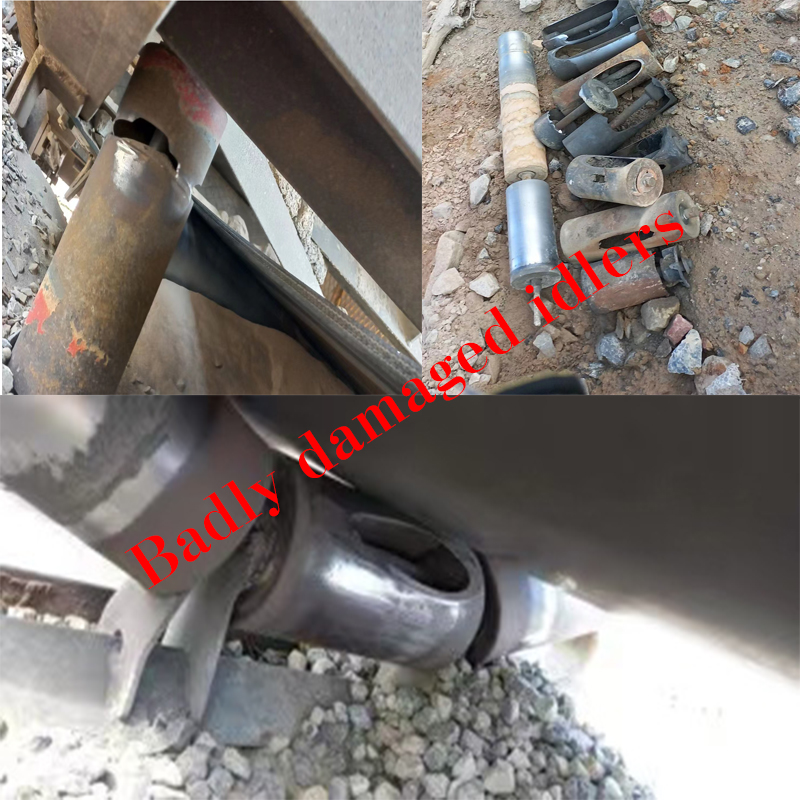With the development of industry, roller conveyors are used everywhere. Roller conveyors are widely used because of their simple structure and ease of use. Then the roller conveyor operator must pay attention to the maintenance and servicing of the roller conveyor in his daily work. As the basis of the entire conveyor system, the rollers are one of the most important components in maintaining an efficient system. If there is a problem with any of the rollers, the flow effect will be transmitted to all parts of the system and may affect its efficiency.
Therefore we should consider repairing or replacing conveyor rollers when the following problems occur
1. A roller that does not rotate freely, a conveyor belt failure, or a chain problem. When you start to see component failures such as stuck rollers, it is best to replace these components or replace them with completely new rollers.
2. Conveyor systems in industries such as bulk material handling can suffer serious roller and frame damage due to caking or excessive material in the material. This leads to wear and tear of the frame, which affects the normal use of the conveyor and creates safety problems.
3. Roller conveyors do not run smoothly on roller conveyors and the goods may cause structural damage inside the roller in collisions and rolling, damaging the roller bearings.
4. The conveyor roller leaves residue on the roller surface when transporting bulk material.
Before considering whether to repair or replace a roller, we need to consider the feasibility, cost, and safety of the solution. I will then describe when it is time to repair a roller and when it is time to replace it with a new one.
Repair the rollers.
1. When the rollers are only slightly worn, repairs will not cause permanent damage to the machine and impair the function of the conveyor. A repair is an option at this time.
2. If your roller is a special order, made of a material or construction that is not commonly used on the market. In the long run, it is recommended that you have the roller repaired if the roller parts are available and the cost of repair is lower than the cost of replacement.
3. If you decide to repair your conveyor roller, all employees should be able to use the machine safely after the repair. Any remedial measures that may pose a safety risk to the operator should not be carried out.
Replace a roller.
1. When any repair you make would impair the function of the conveyor system or cause further damage that cannot be remedied, choose to replace the roller.
2. Most standard conveyor rollers have the bearings pressed into the tubes of the roller. In such cases, it is usually more economical to replace the conveyor roller than to repair it. A standard conveyor roller of the same size can be easily replaced with only a few measurements.
3. The surface of the conveyor roller has caused extensive damage and if not replaced in time, sharp edges will form during operation, causing the conveyor to run unevenly and possibly damaging the product in transit and damaging the entire conveyor. At this point please replace the badly damaged roller.
4. The damaged conveyor is an older model, which has been eliminated from the industry, and is difficult to find the same parts. You can choose to replace the roller with a new one of the same size and material.
Global Conveyor Supplies, as a professional and responsible idler roller conveyor manufacturer, can provide you with relevant technical support. If you need to replace your roller, please provide us with the dimensions of the conveyor you are using and we can provide you with the relevant solutions.
GCS reserves the right to change dimensions and critical data at any time without any notice. Customers must ensure that they receive certified drawings from GCS prior to finalizing design details.
Post time: Aug-05-2022




